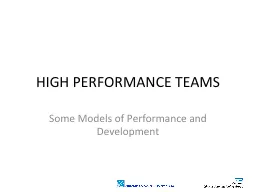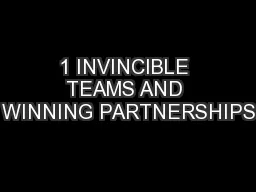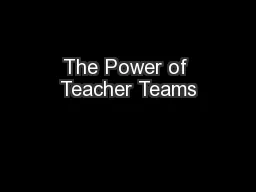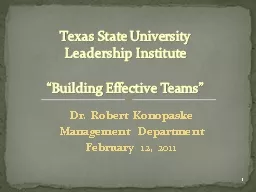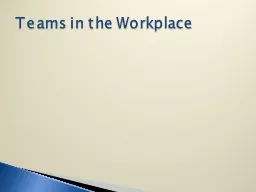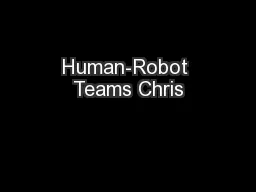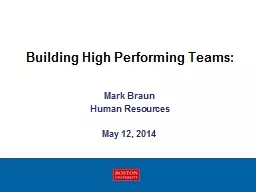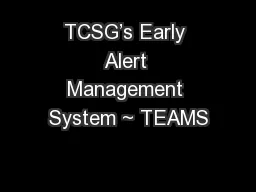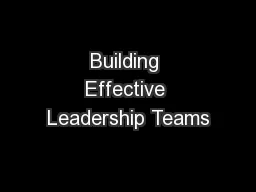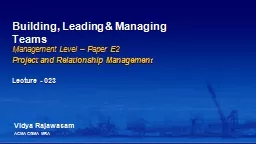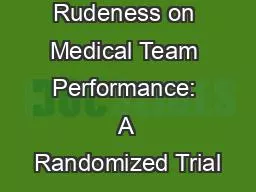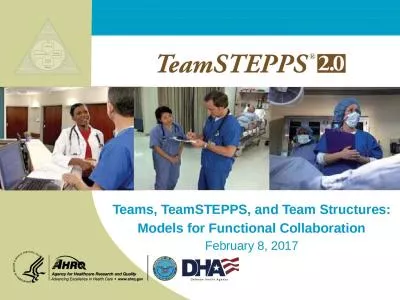PPT-HIGH PERFORMANCE TEAMS Some Models of Performance and Development
Author : dollumbr | Published Date : 2020-06-17
Your Role Who do you see as your sponsors Who do we see as your stakeholders How often should you meet with them What do they expect of you What do you see as your
Presentation Embed Code
Download Presentation
Download Presentation The PPT/PDF document "HIGH PERFORMANCE TEAMS Some Models of Pe..." is the property of its rightful owner. Permission is granted to download and print the materials on this website for personal, non-commercial use only, and to display it on your personal computer provided you do not modify the materials and that you retain all copyright notices contained in the materials. By downloading content from our website, you accept the terms of this agreement.
HIGH PERFORMANCE TEAMS Some Models of Performance and Development: Transcript
Download Rules Of Document
"HIGH PERFORMANCE TEAMS Some Models of Performance and Development"The content belongs to its owner. You may download and print it for personal use, without modification, and keep all copyright notices. By downloading, you agree to these terms.
Related Documents

